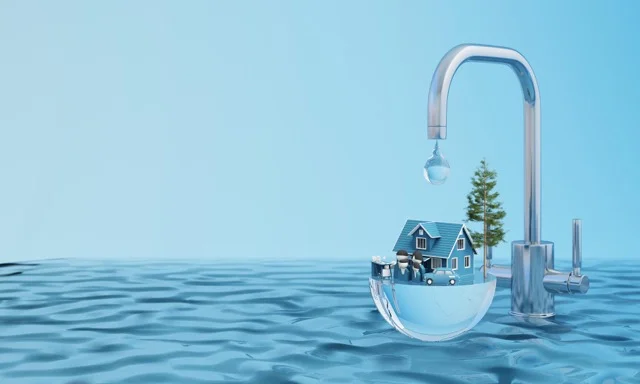Some Known Questions About Reclaim Waste.
Some Known Questions About Reclaim Waste.
Blog Article
Some Known Questions About Reclaim Waste.
Table of ContentsThe Only Guide for Reclaim WasteThe Single Strategy To Use For Reclaim WasteThe Main Principles Of Reclaim Waste The Ultimate Guide To Reclaim Waste8 Simple Techniques For Reclaim Waste
Domestic sewage waste refers to the waste and items from a residential septic tank. The correct administration and disposal of residential sewer waste need fluid waste to be moved to a sewage treatment plant where the correct methods and devices are used to purify and dispose of waste.
Industrial waste usually includes prospective threats, such as flammable materials or a combination of fluid and solid waste products, and needs an advanced and in-depth disposal procedure. The disposal of business waste generally includes the purification of waste prior to transportation to guarantee risk-free and correct disposal. Industrial waste is created from by-products and drainage of commercial procedures and manufacturing.
This sort of waste can not use the same sewage management transportation or processes as septic or commercial liquids. The industrial waste management process needs the assessment and screening of fluid waste prior to it goes through the disposal process (industrial wastewater treatment). Runoff waste is the liquid waste that comes from drainage and excess stormwater in very booming locations or cities
Runoff waste can create contamination and flooding if not managed appropriately. Making sure appropriate waste management can protect against catastrophes and decrease ecological damage.
The 10-Minute Rule for Reclaim Waste
Get in touch with PROS Providers today to discover our waste administration and disposal solutions and the proper methods to care for the liquid waste you create.
(https://reclaimwaste1.edublogs.org/2024/11/12/efficient-liquid-waste-removal-and-disposal-your-complete-guide-to-sustainable-waste-management/)This so-called 'wastewater' is not just a crucial resource however, after treatment, will certainly be launched to our land, rivers or the ocean. Utilized water from toilets, showers, baths, kitchen area sinks, washings and industrial procedures is known as wastewater.

water used to cool down equipment or clean plant and tools). Stormwater, a type of wastewater, is drainage that flows from farming and urban locations such as roofing systems, parks, gardens, roads, courses and rain gutters right into stormwater drains, after rain. Stormwater moves untreated straight to local creeks or rivers, ultimately getting to the ocean.
Fascination About Reclaim Waste
In Queensland, a lot of wastewater is dealt with at sewage treatment plants. Wastewater is delivered from residential or commercial sites with a system of drains and pump stations, known as sewerage reticulation, to a sewage therapy plant.
The Division of Natural Resources suggests city governments about managing, operating and maintaining sewerage systems and therapy plants. In unsewered areas, city governments might need householders to mount specific or family sewage treatment systems to deal with residential wastewater from bathrooms, cooking areas, washrooms and washings. The Division of Natural Resources authorises the use of household systems when they are shown to be efficient.
A lot of stormwater gets no therapy. In some new class, therapy of some stormwater to get rid of clutter, sand and crushed rock has begun using gross pollutant catches. Wastewater therapy takes place in four phases: Eliminates strong matter. Bigger solids, such as plastics and various other objects mistakenly discharged to sewers, are gotten rid of when wastewater is gone through screens.
Makes use of tiny living microorganisms understands as micro-organisms to break down and eliminate remaining dissolved wastes and great particles. Micro-organisms and wastes are included in the sludge.
The Buzz on Reclaim Waste
Nutrient removal is not available whatsoever sewage treatment plants since it needs costly specialized tools. It is coming to be more common in Queensland. Clear fluid effluent produced after therapy might still have disease-causing micro-organisms. If this effluent is launched right into waterways such as rivers or the sea, the micro-organisms will eventually pass away out.

This usually suggests wastewater needs to be dealt with or pollutants gotten rid of before it can be discharged to waterways. Many wastewater moves right into the sewerage system. Under the Act, city governments carry out approvals and licences for eco appropriate activities (Periods) entailing wastewater releases that might have a neighborhood effect. The department carries out approvals and licences to Periods including wastewater releases that could have a local or statewide impact.
3 Easy Facts About Reclaim Waste Described
Monitoring offers accurate info regarding water top quality and can confirm that licence problems are being fulfilled. The details acquired with tracking supplies the basis for making water top quality choices.
Report this page